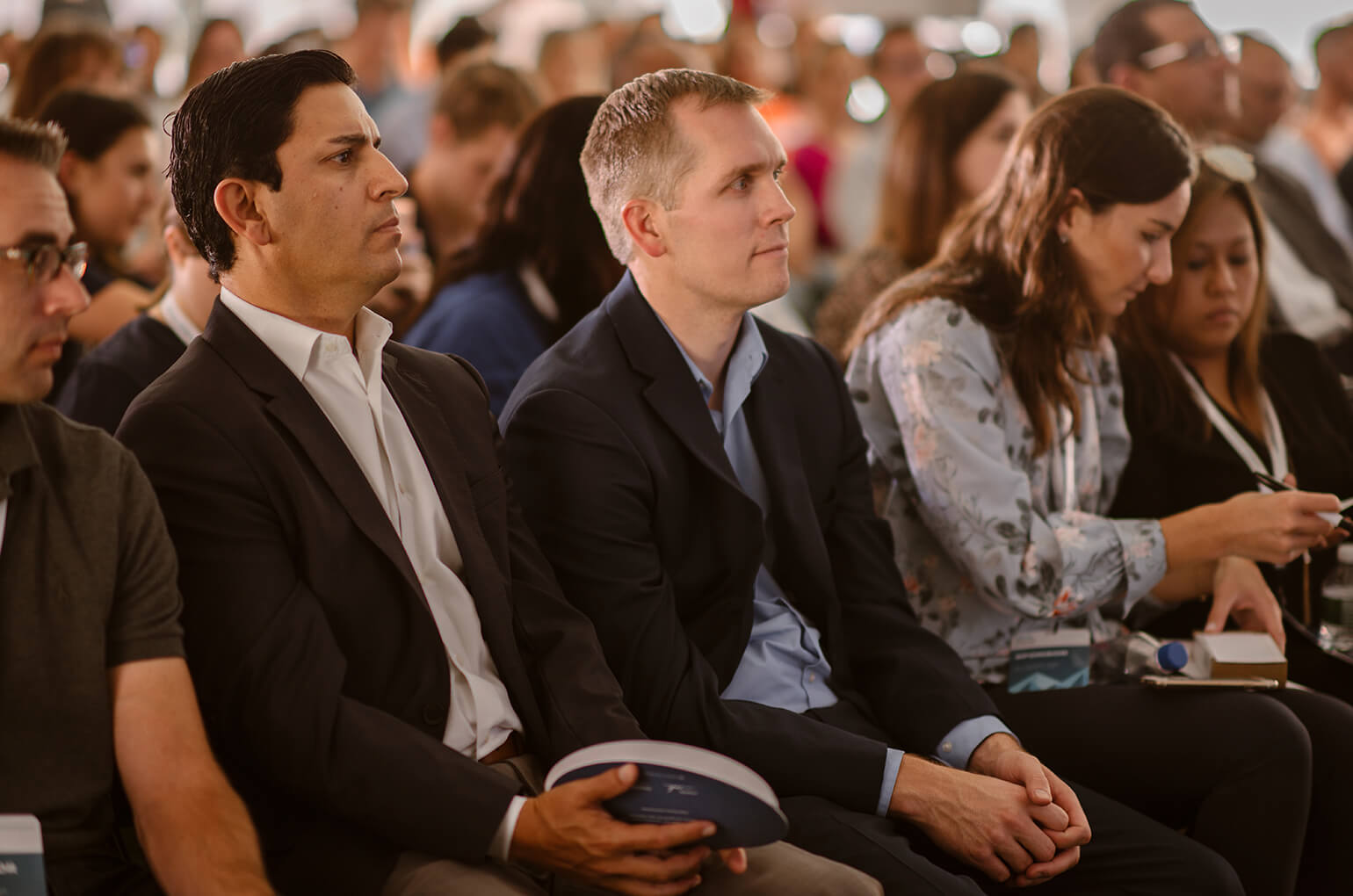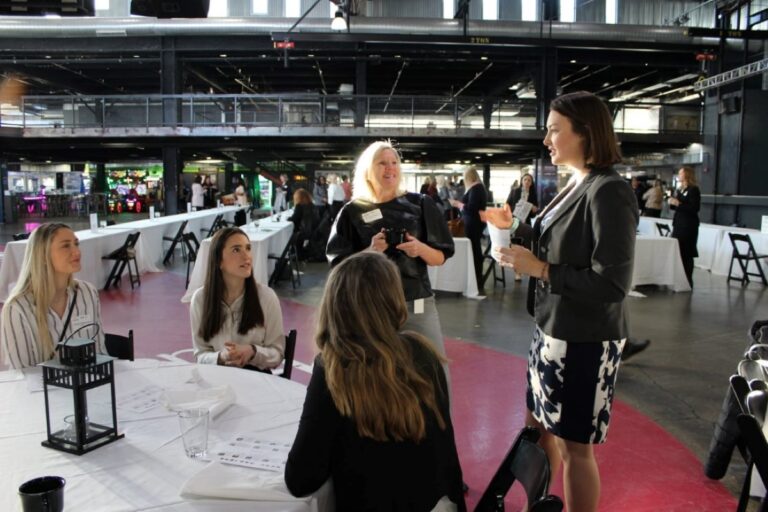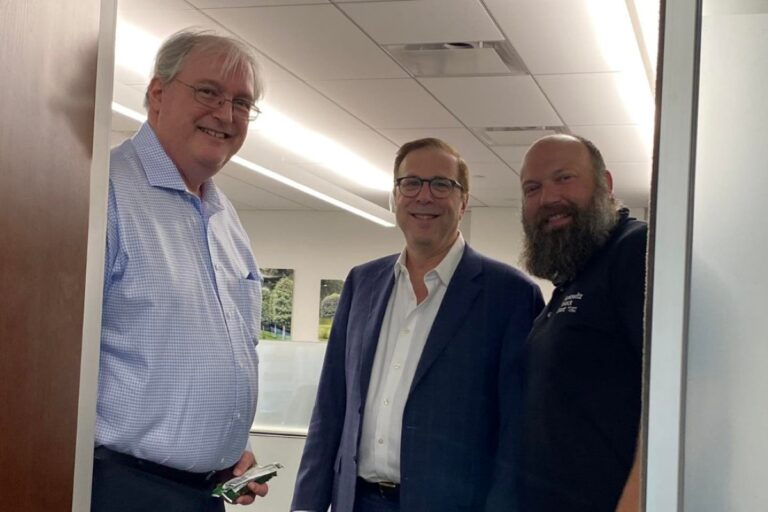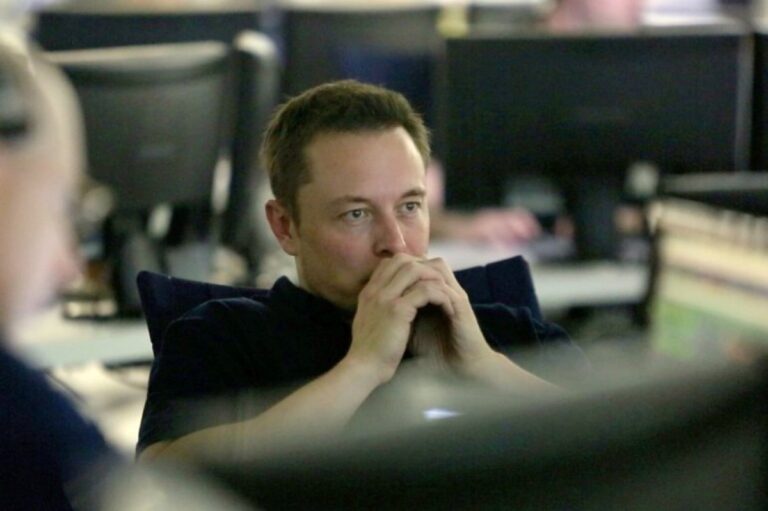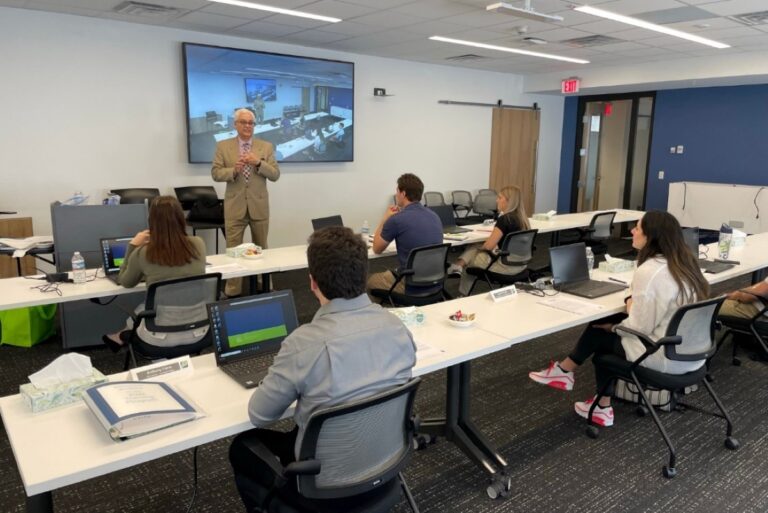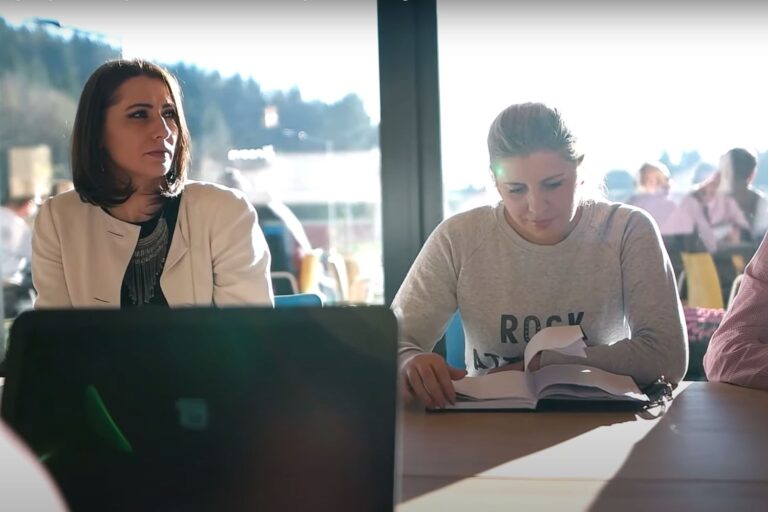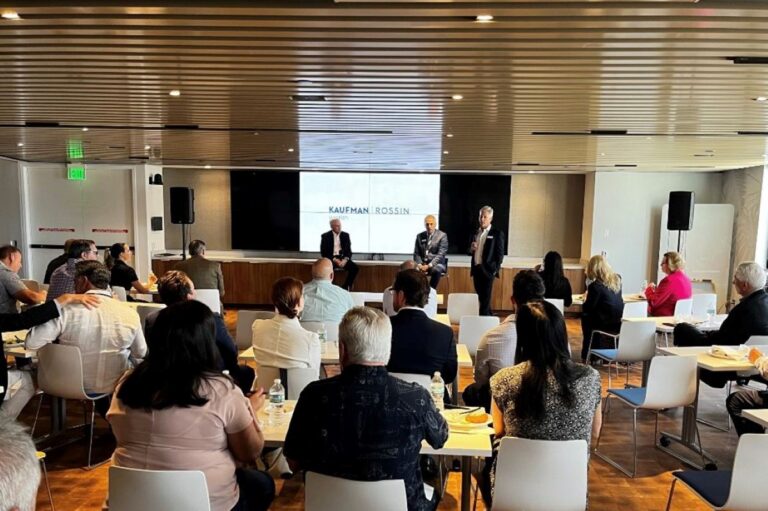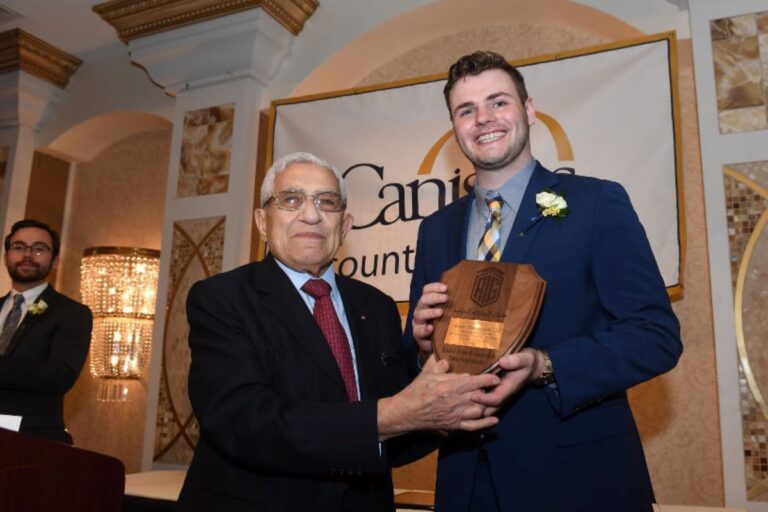12 Tough Situations in Business Which Entrepreneurs Must Face
What are the tough situations you faced as an entrepreneur? originally appeared on Quora: the place to gain and share knowledge, empowering people to learn from others and better understand the world.
Congratulations. Did you know that by becoming a startup CEO you’ve become a professional boxer? I’m serious.
Building a company is like a series of prizefights. Some of your opponents, you’ll be able to fend off with your defensive skills. Some of your opponents will land body blows, weakening your legs. And some opponents will go for your head and knock you down.
Just like noted business expert and boxing legend Mike Tyson said, “Everyone has a plan until they get punched in the face.” And you have to learn to take a punch if you’re going to succeed as a startup CEO.
My journey was a twelve round brawl.
Round 1: Becoming an EIR.
You’ve done hours and hours, make that years and years, of training before you get in the ring as a boxer if you’re fighting for the championship of the world. The same should be true if you’re a founding CEO.
I had been preparing for this moment my whole career, and the moment I had the chance to start my own company came in a most unexpected way. I had just been fired as general manager of a public company (read: How Do You Know It’s The Right Time To Start Your Company? – Brett J. Fox)
I sent an email to my network letting them know I was available. Mike, the managing partner at San Francisco based VC fund responded to my note, asking me to come up to the city and spend the day with them.
Mike asked me if I would be interested in becoming an EIR (Entrepreneur in Residence) and starting an Analog Semiconductor company (my expertise). I said yes, and this led to me starting my company.
Round 1: Brett wins round 1.
Round 2: My cofounder’s quit and leave me for dead.
The great thing about the early rounds for a boxer is your legs are fresh. You’ve been doing tons of road work. Unless a punch hits you flush on the jaw, you’re likely going to survive and keep fighting.
It’s the same for a startup CEO as well. You’re full of energy and excitement in the early days of your company.
And, if you’re fanatical about your cause, then even if a punch knocks you down, then you’re likely going to get up again. This is also where your grit comes in too because now you’ve been tested.
I founded my company with Jim and John. Jim was the engineering guy and John was the marketing guy.
Things went well for the first couple of months, but cracks started developing between us, especially between myself and Jim. It was clear that Jim just didn’t understand my value.
So without notice Jim quit and he convinced John to quit with him. They decided to start a competing company with the same strategy. They even stole the pitch deck I developed.
I am certain they thought I would just give up. But it was early in the game. Jim and John leaving was more of a body blow than anything.
Still I’ll give Round 2 to them on points. If you’re scoring at home, it’s 1 round each.
Round 3: Quickly rebuilding the team.
You are going to face adversity as a founding startup CEO. The thing that adversity reveals is are you really serious about building your company or not?
In other words, do you have grit?
This was the first big punch that landed on me. But, as I said before, I wasn’t really fazed. My legs were strong. I had a great network of people to tap into, so I felt confident that I would survive.
Jim was literally replaced within 15 minutes of his quitting. That was the easy part because he was a marketing guy.
Replacing John proved more difficult because he was our VP Engineering. Finding a great VP Engineering is a super critical hire, IMHO, for a tech company.
I had a huge sense of urgency about finding John’s replacement because I knew we were somewhat in a race with Jim and John for funding. In my way of thinking, I only thought one of us was going to get funded.
I found “Julius” within one month of John leaving. Julius had a strong technical background and he had good references. I was thrilled we had recovered so quickly.
Then another body blow hit. Julius called me on a Sunday night about one month after he started. He told me he didn’t want to continue being VP Engineering.
Now we were back to square one again. I decided I would run engineering until we found a permanent VP Engineering. I also decided we would start raising money immediately.
I’ll call Round 3 a draw. It’s still one round apiece at this point.
Round 4: Losing the support of the firm I where I was an EIR.
We’d already been through a bunch of tough situations, yet we hadn’t gotten the company funded yet or even announced our first product. It was still the early rounds of the fight, and we’d been rocked already.
I still felt really good about our chances. It almost felt inevitable that we would succeed. After all, I had the huge advantage of being an EIR.
The greatest thing about being an EIR is that you already have one investor in the bag. That meant all we had to do was find one more investor (with a lot of help from Mike and his partners).
It was a huge advantage. Or so I thought until it all came crashing down.
Much to my surprise, Dave, the partner that was supporting me and mentoring me, was in a fight with the other partners in the fund. One of the partners, Gary, pushed to get Dave out of the fund.
I lost my support when Dave was forced out. Dave was gracious enough to give me a heads up that I was going to be let go with him.
Another body blow.
But it was still early in the fight, and I was still very strong. I didn’t even think of quitting. I was already mentally prepared to start raising money.
I’ll give that round to the other side on points. It was now 1 round for me, 2 rounds for the other side, and one round was a draw.
Round 5: Getting a term sheet.
One of the things you will likely hear in your journey is to expect any relationship with an investor to last 7 to 10 years. I think that’s about right because you’re not likely to have a liquidity event for 7 to 10 years after you close your initial funding.
It’s amazing how many life or death experiences you have to survive just to get to this point. Look at us. We’d already survived three major negative events at before starting raise funding.
But my legs still felt strong. However, I was starting to get a little weary. I was beginning to wonder when we would catch a break.
It was January 2008. We were ready to start raising $11M. The good news was that I had developed a really good network inside the VC community. Also, Dave continued helping me after I left the VC fund. That helped a lot.
I started setting up meetings with VCs, and one of the first meetings I had was with Gill. About halfway through that first meeting with Gill, Gill said, “You know, I was an investor in Maxim.”
Maxim was the predecessor company that I and a couple of my cofounders had worked at. I smiled because I knew there was a really good chance Gill was going to invest.
It took a few more meetings with Gill and his partners, but they presented us with a term sheet for $11M. They would be on the hook for $5.5M, so all we had to do was find the other $5.5M.
We definitely won that round. So now, 5 rounds into our 12 round fight, it was two rounds each with one round a draw.
Round 6: The Great Recession.
There are some parts of your journey that you think will be quick and easy. Then “force majeure” (unforeseeable circumstances) kick in. Now you’re in the fight of your life.
I was confident we would close funding in a couple of months. We still needed another investor to close the round. Everyone, and I mean everyone, I talked to told me that finding your second investor is much easier than finding your first investor.
So I was highly confident that we would close quickly. We had several good leads. At the same time, the economy seemed to turning for the worst.
Everything seemed to tightening up when summer came around. Still we were able to get a term sheet from Jack’s fund. I was excited that we would be able to close.
Then Gill called me one morning. I’m paraphrasing, but Gill said he didn’t want to work with Jack.
I knew immediately that meant we would have to find another investor. Sequoia Capital had already shared their RIP presentation with their portfolio companies urging their portfolio companies to conserve cash for as long as possible because funding was going to dry up.
It was going to be a long cold winter for us. In boxing terms, the other fighter had just punched us in the mouth and knocked us down to the canvas. The question was would we get up?
The score of the fight was now 3 rounds for the other side, 2 rounds for us, and one round was even.
Round 7: Getting funded (at last).
I don’t know what the event is going to be, but you’re going to be punched in the mouth. This is where your grit and your team’s grit is tested. This is where your fanaticism and your team’s fanaticism is tested (read: Why You Need Fanatical Cofounders – Brett J. Fox).
We’d been raising money for close to a year at this point. Now we had this crazy economic downturn to deal with.
The financial markets had locked up, so money for investment just wasn’t available. We now know that if the federal government hadn’t intervened the US (if not the world) would have gone into a depression.
Instead we just went into a Great Recession. From a startup CEO trying to raise money standpoint, it felt like investors were hiding under their desks.
I fortunately had the financial means to wait out the crisis. We focused on continuing to build our team while waiting for the ice to thaw. We lined up our initial group of engineers to join us once we received funding.
We also added another cofounder, “Randy”, to the mix. Randy had a wealth of experience having worked at the other market leader in our segment, Linear Technology.
The tone of our investor meetings started changing as summer rolled around. It felt like there was genuine interest in funding us.
We added an angel investor named Bob. Bob is an industry legend, so he gave us even more credibility with investors.
You never know where your investors are going to come from. My three year old daughter became friends with someone in her preschool.
We were invited over to lunch at their house. It turned out the dad was a well known VC that invested in our space.
That led to a bunch of meetings ending in a meeting that was set up with the whole partnership. It seemed they were ready to invest.
Then we got punched in the mouth again. The partner at the fund let me know they would not be investing in us because of reference checks they had done on me (read: What You Need To Know About Reference Checks – Brett J. Fox).
I was crushed. Another punch, and this was a punch I didn’t see coming. Muhammed Ali once said, “It’s the punches you don’t see coming that can knock you out.”
I was down on the canvas, again, after they told me. They were the 63rd VC firm to pass on us, and there weren’t too many firms left on our list.
I went for a run the Sunday morning after they passed. I called Randy on my way home.
Randy asked me, “Do you want to continue?”
I didn’t hesitate, “Yes.”
We set up a meeting with “Donald Ventures.” Three meetings later we had a term sheet. Our funding closed one month later. It had taken us over two years to close our funding.
Even though we had gotten knocked down (again), we won the round because how can you lose when you’ve gotten funded. After 7 rounds, it was 3 rounds each with one round a draw.
Round 8: My cofounder’s threatening to quit as we close funding.
You get a huge surge of energy once you’ve gotten funded. You’ve literally bucked the odds because for every 100 face to face meetings a VC takes, they may invest in one company.
Once we signed the term sheet, I just wanted to get the money in the bank as fast as possible. I excitedly let the other cofounders know we had agreed to terms with our investors.
I expected to get only positive responses from my cofounders, but only Adolfo, our VP Marketing, and Jeroen, our VP Engineering, were positive. Randy and “Ken” were surprisingly negative.
In fact, they were so negative about the deal they told me they were unsure they wanted to continue. This was another punch in the mouth I didn’t see coming.
We agreed to meet on Sunday at my house. Randy was the ringleader. He told me they felt we should have raised less money (we raised $12M) at a higher valuation.
Mostly, they felt slighted they were left out of the negotiation. Going forward, Randy explained their continued involvement in the company would require that I set up an office of the president.
All key decisions would be run by Randy and Ken. It was a classic maximum point of leverage power grab.
I asked Randy for an example of a company that succeeded with this type of structure. Randy couldn’t come up with any example. The issue went away after that. Within one year of that meeting Randy and Ken were both no longer with the company.
I had known Randy for a little over one year when he pulled his power play. My relationship with Ken went deep.
We had known each other for close to 20 years. We were friends, and now that friendship was gone. This was definitely a body blow.
Score this round for the other side. It was now 4 rounds for the other side to 3 rounds for me with one draw.
Round 9: Announcing our first product on schedule.
Finally, we get to the fun of getting your product to market and actually executing your product plan. This is what’s it’s all about.
If you’re not pumped when you introduce your first product or service, then you have no business being a founding startup CEO. I was pumped.
Not only was I pumped because we were announcing our first product, but we were announcing our first product on schedule. Within one year of securing our funding, we had gotten to market. This was unheard of for a semiconductor startup.
This round went decidedly for us. The score was four rounds each, but we had the momentum going on our side.
Round 10: Ramping revenue.
The one common mistake most startup founders make is underestimating the time it takes to ramp revenue. Unfortunately, we were no exception.
There were two mistakes we made at that early stage. The first mistake was we expected our second source products to ramp quickly. Second sourcing as an entry strategy is common in the analog semiconductor world, but the products didn’t ramp quickly.
The second assumption we had was we needed the second source products to sell our proprietary products. In turned out that our proprietary products sold on their own, so this was a positive surprise. In fact, our proprietary products helped sell our second source products.
We were about one year behind our initial revenue plan. But we had over 1,000 customers buying our products.
We knew that each customer would be worth over $10,000 per year eventually. So we were well on our way to building a very large company.
I’ll score this round for us. We were up five rounds to four with one draw.
Round 11: Raising more money.
“We’ve got to get this company some money,” Raul said to Gill in the closed session of our board meeting. Our revenue had turned the corner at that point, and it was clear we had market traction.
The next week I was meeting with Gill in his Sand Hill Road office. I said, “Hopefully the fund raising will be straightforward this time.”
“You deserve it,” Gill responded.
You should expect drama every time you raise money.
The reality is fundraising is rarely straightforward. You are asking people that barely know you to give you millions of dollars.
Fundraising is also the mother of all maximum points of leverage. Everyone involved knows this is the ideal time to bend you to their will.
This round of fundraising turned out to be a 14 month battle to the death with more twists and turns than a good movie.
The landscape had shifted dramatically from our last round of fundraising. The number of VCs in the Silicon Valley investing in semiconductor companies had dropped to six. That meant we would have to go on the road to close our funding.
We started raising money in January. We used our network and our investors network to set up meetings.
In March, we received a term sheet from a Florida based VC on a Wednesday. The terms were reasonable, and I was confident our investor would approve it.
I set up a call for Friday afternoon.
“I approve the term sheet,” Raul said.
“I approve the term sheet as well,” Gill said.
“Great. I’ll sign it and send it back to ‘Randy’.”
Maybe we would get lucky and there would be none of the drama we experienced in the last round. I worked with Marcia, our attorney, to get the closing documents signed as quickly as possible, so we could get the money in the bank.
It’s the punches you don’t see coming that can knock you out.
A couple weeks later I was meeting with Raul in his office on Sand Hill Road. Out of the blue, Raul looks at me and says, “We should sell the company.”
It was a punch to the jaw, and I didn’t see it coming. Raul’s punch almost knocked me out.
“What?” I asked. I stood straight up. I had never lost my cool speaking with Raul before. But now he had pushed the right button.
Raul smiled at me. I still remember that sadistic smile. Raul then repeated himself. “I think we should sell the company.” Raul was calm. I wasn’t.
I could literally feel my heart rate spike. Bang, bang, bang went my heart at 200 beats per minute.
And my heart rate wouldn’t slow down. Could my heart explode out of my chest? I didn’t know, but it sure felt like it could.
Raul and I argued for the next 45 minutes. Or maybe I should say I argued with Raul because Raul seemed to be enjoying himself.
Raul said to me, “Our participation in the next round is not a given. Maybe we’ll put in $1M just to raise the flag (their pro-rata was $3.5M).”
Immediately, as I left the meeting I felt like a 1,000 pound boulder had been put on chest. Having one of your investors not support your next round is a disaster.
Making matters worse, Raul was arguably the most successful semiconductor investor in the history of Venture Capital. All our future investors would wonder what was going on.
You need grit to get up after you’ve been knocked down.
Grit is the superpower all successful startup CEOs share. You’re going to need it when you get punched square on the jaw.
There wasn’t even a question for me of what we were going to do. I didn’t want to sell the company, so we were going to fight and find another investor to add to the syndicate.
So I got on my horse and continued working with the other potential investors in the queue. We had four potential investors that were moving forward with us.
In July, a Boston based investor asked us to present to their partners. A week later, we had a term sheet from them.
The email from the Boston based investor came at around 6PM. I was thrilled until I read the term sheet.
There was a minimum investment requirement of $3M for each of our existing investors. Would Raul change his mind? Would the Boston investors bend.
I set up a call with Jim, the Boston based investor, for 7AM the next morning. Jim explained they put the clause in the term sheet to make sure our existing investors were going to support the company.
Donald Ventures had a reputation for not supporting its portfolio companies, and Jim’s fund had been burned by DV in the past. Maybe Raul would change his mind, I hoped.
I called Raul at 10AM to talk about the term sheet. He told me the $3M request was “a non starter.”
That was a hard body blow, but I saw it coming. However, we were in the 11th round of our fight, so my legs wobbled.
I steadied myself, and I got back on my horse. We still had a couple more options.
If we could keep Jim and Robbie in the deal and add another investor then maybe we could close the round.
Tucker, a Philadelphia based investor, was showing all the signs he wanted to invest. However, he was going on vacation for a couple of weeks with his family, so the investment would have to wait.
We had a board meeting that Thursday, and again Raul surprised me. Raul said, seemingly out of nowhere, “We should shut down the company.”
It’s the punches you don’t see coming that can knock you out.
I was knocked to the ground again. The company had potential investors. We had been living on bridge loans because of DV’s decision not to support us, so I’d have to come up with something or the company would be shut down immediately.
Raul’s punch landed square on my jaw. But I had to get up immediately and give the board an alternative.
“What if we all go to minimum wage for the next six weeks? Then we can play out the string with the potential investors we have.”
Raul and Gill agreed with my suggestion.
Now I had to tell our team they would be going to minimum wage for the next six weeks to hopefully save the company. I spent the rest of the afternoon preparing with the management team for the next day’s meeting with the team.
The next day I let the team know what was going on, and I didn’t mince words. Someone asked me what would happen at the end of the six weeks if we didn’t get funding.
“Then the company will shut down and we’re out of business,” I said.
When the meeting ended I excepted the mood to be negative. Instead the team applauded.
You have to fight off the fatigue if you’re going to succeed.
The stress level during the over one year ordeal with Donald Ventures was unreal. I was averaging around 2 to 3 hours of sleep a night. Many times I didn’t sleep at all.
Despite the fatigue, and despite knowing that at any time the plug could be pulled on the company, I felt energized. And I also had this feeling that somehow, someway we would get the company funded.
About four weeks after we went to minimum wage, Tucker agreed to invest. The bad news was that Jim had backed out because he got tired of dealing with Raul’s BS.
Raul and Gill agreed to continue funding the company which gave us a little life to close the other potential investors. And we still had Robbie and Tucker. If we could get one more investor, hold on to Tucker and Robbie, then we could close.
It’s the punches you don’t see coming that can knock you out.
A well known public company in our space was interested in investing in us. It took a couple of months to negotiate the terms, but we got a deal done.
It was now January. We’d been in our fight with Raul over one year.
We were in the 11th round of our fight. At this point, we’d absorbed a lot of body blows, and blows to the head.
Our legs were weary, and maybe they were a little wobbly at this point.
The new syndicate of Robbie, Tucker and the public company sent us the term sheet. It didn’t require any of DV’s money, but it was a “pay to play” term sheet meaning that if DV didn’t invest in the round, some of their preferred stock would be converted to common stock.
Usually VCs don’t stop a company from closing a round regardless of whether they invest. Donald Ventures was different. Amazingly they blocked the round. Here’s what Raul said in his email response:
“All
…If this results in the collapse of round B, management should take all appropriate actions to shut down the company immediately to reduce any additional costs. It is my understanding that management has sufficient reserves for payroll and vacation obligations.
Best regards,
Raul
I thought we were dead in the water. Out of money, we scheduled an emergency board meeting to shut down the company.
I had one more crazy idea that was a Hail Mary pass to save the company. That idea was to call SiliconValley Bank and let them know why they were going to lose the money they had loaned us.
I was not optimistic the Hail Mary pass would be caught.
Amazingly, during the emergency board meeting, we heard from Raul that he would allow the round to close.
I was ecstatic! We had fought off certain death and won. I yelled, “YESSSSSSSSS!” at the top of my lungs.
I’d gotten knocked down three times in this death match of a round. But I think I’ll score the round a draw because we were now able to close.
If you’re keeping score at home it is 5 rounds for us, 4 rounds for the opposition with 2 rounds scored a draw.
Round 12: Liquidity event.
The next couple of days, I was on cloud nine. I was busy working to close the round and move the company forward.
It was the highest moment I had running the company. Then two days later, on a Friday morning, I learned from Tucker, one of our new investors, that Robbie was pulling his term sheet.
We tried over the weekend to get Robbie to change his mind. He wouldn’t.
His partners were so freaked out by Raul’s behavior that they didn’t want to go through with the investment.
We had no chance to save the company. We would have to sell.
Score this round, the final round of the fight, for the other side. It’s five rounds each with two rounds scored a draw, so the fight ends as a draw. Quite honestly, it didn’t feel like a draw to me.
To survive the prizefight of your life, the heavyweight championship of the world, you’re going to have to train. And you’re absolutely going to have to be able to take a punch.
I faced tough situations all through the life of my company. As I look back, any one of these tough situations could have killed us, and, by extension, could have killed me.
There were so many places along my journey that I could have just given up and quit.
Grit is the foundation for your success.
You also need to be a clear and concise communicator.
There one more thing you can never, ever lose, and that’s your objectivity. The ability to objective while you’re under intense stress gives you the ability to consider all your options.
It’s tough to remain objective because when you absorb a lot of body blows and a lot punches you have a tendency to become myopic. You can’t let that happen.
I hope your journey is less of a brawl and instead a one punch knockout with you throwing the punch.
But you have to be ready for a brawl just in case. So train hard, stay focused, fanatical, and gritty. And never, ever lose your objectivity.
Contributed by Brett Fox, Fmr CEO @ Touchstone Semiconductor

